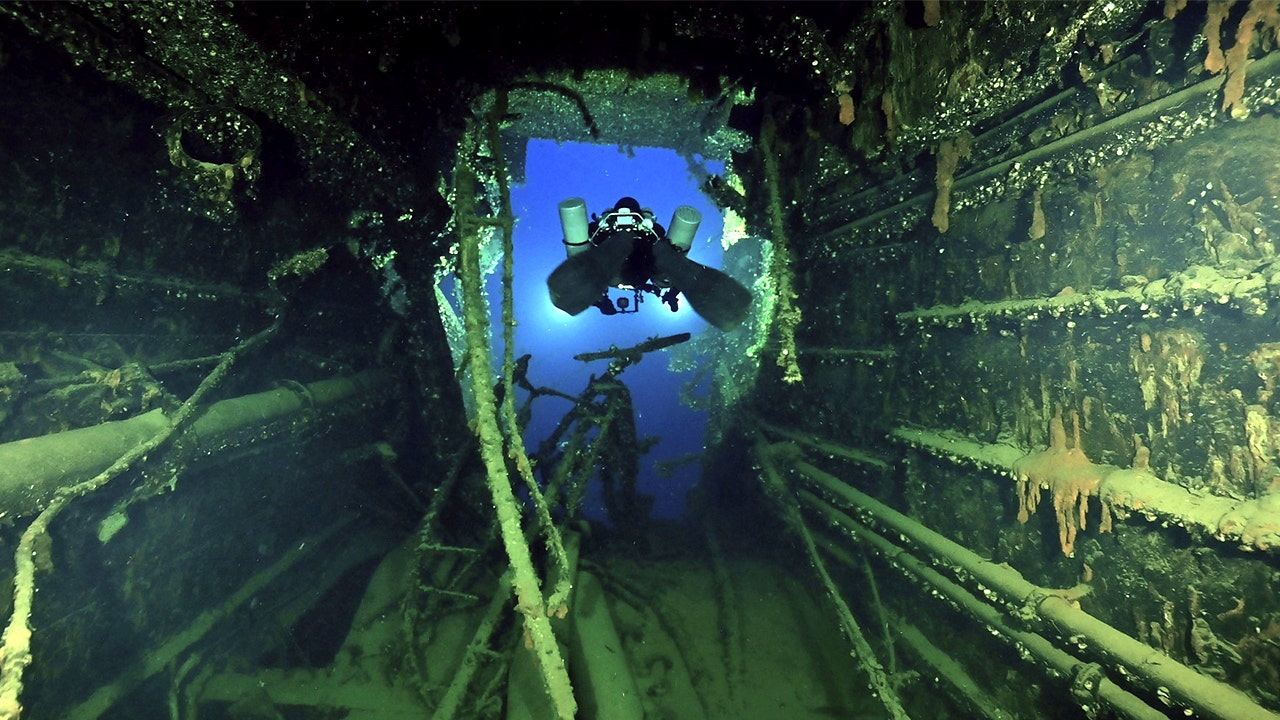First artifacts recovered from Titanic sister ship Britannic, which sank in 1916
Divers Uncover Artifacts from Britannic Wreck

In a groundbreaking discovery, divers have successfully retrieved artifacts from the wreck of the HMS Britannic, the sister ship of the Titanic, nearly a century after its sinking during World War I. The Britannic, which sank in the Aegean Sea in 1916, was originally designed as a luxury cruise liner but was repurposed as a hospital ship during the war. The recovery operation, conducted by a team of divers, has unveiled significant historical treasures from the ship’s remains.
Historic Recovery Operation
The Britannic met its tragic fate on November 21, 1916, after striking a mine near the island of Kea, approximately 45 miles southeast of Athens. At the time of its sinking, the ship was carrying 1,060 individuals, with most surviving the disaster, although 30 lives were lost due to lifeboats being struck by the ship’s propellers. The recent diving expedition, which took place in May, was not made public until Greece’s Culture Ministry released a statement on September 16.
Titanic Belfast targets international tourism as profit surges
An 11-member diving team undertook the week-long mission to explore the wreck, which lies nearly 400 feet deep in low-visibility waters. The divers faced challenging conditions, as the wreck is covered in algae and thick marine growth. Despite these obstacles, they managed to illuminate parts of the ship and recover several artifacts of historical significance.
Among the notable items retrieved are the ship’s lookout bell and a port-side navigation lamp. Additionally, artifacts reflecting the Britannic’s luxurious design were found, including silver-plated first-class trays and ceramic tiles from a Turkish bath. The discovery of these items provides insight into the ship’s opulent features before its conversion for wartime service.
Future of Recovered Artifacts
The Greek Culture Ministry has announced that the recovered artifacts will undergo a conservation process before being displayed in a museum. Once preserved, these relics will be featured in the permanent exhibition of the National Museum of Underwater Antiquities, currently under construction in Piraeus. This exhibition will highlight the wreck of the Britannic, showcasing its historical significance during World War I.
Officials expressed excitement about the findings, emphasizing the importance of preserving these artifacts for future generations. The recovery operation not only sheds light on the Britannic’s storied past but also enhances our understanding of maritime history during a tumultuous period. As conservation efforts progress, the artifacts will serve as a poignant reminder of the ship’s legacy and the lives it touched.
